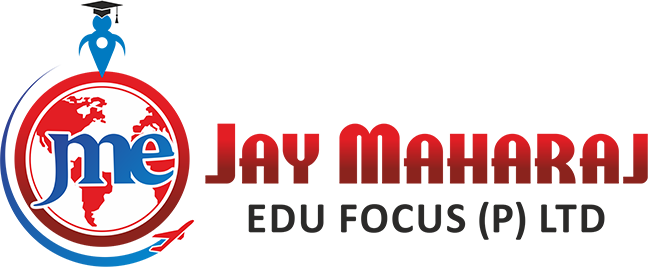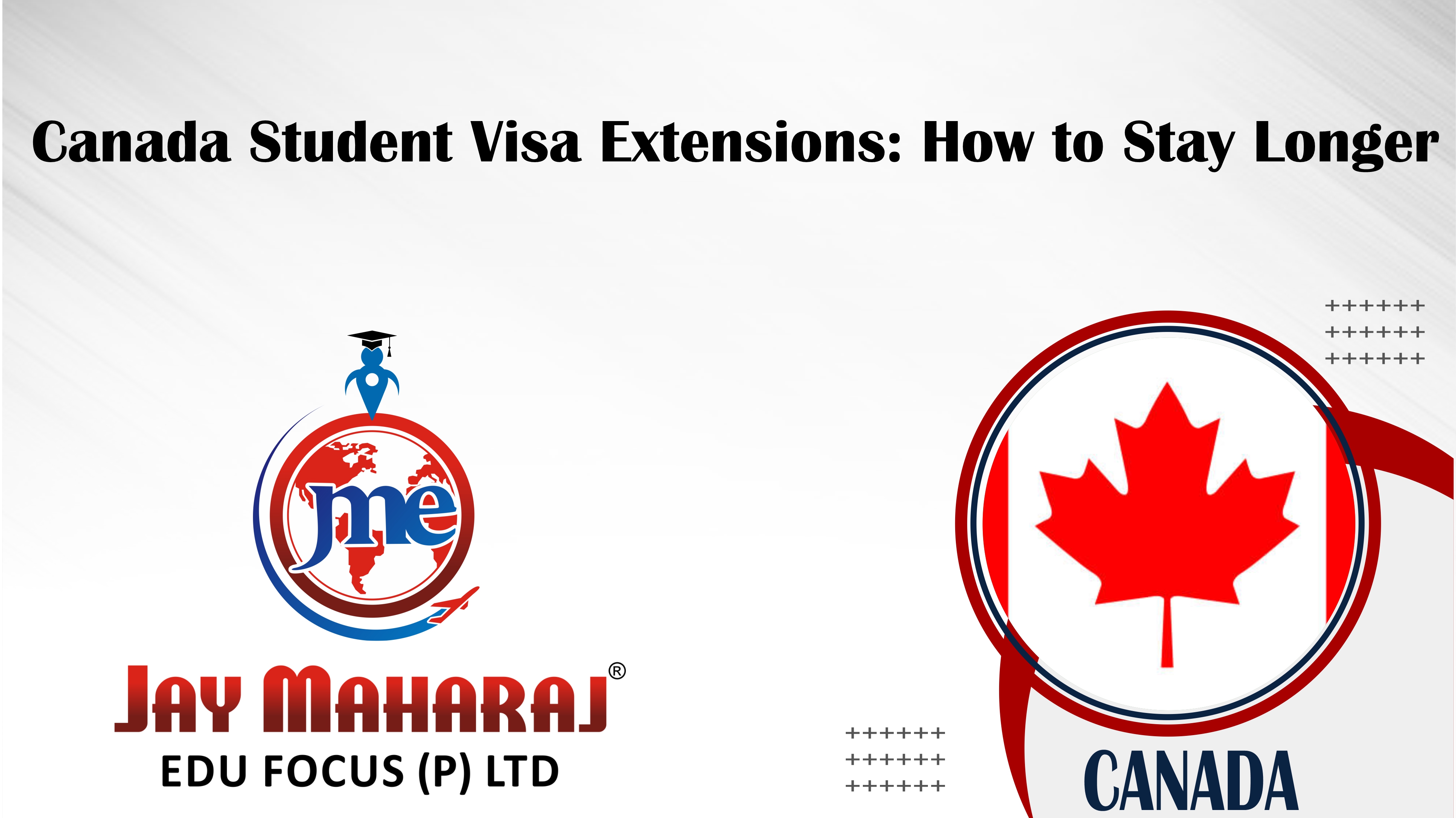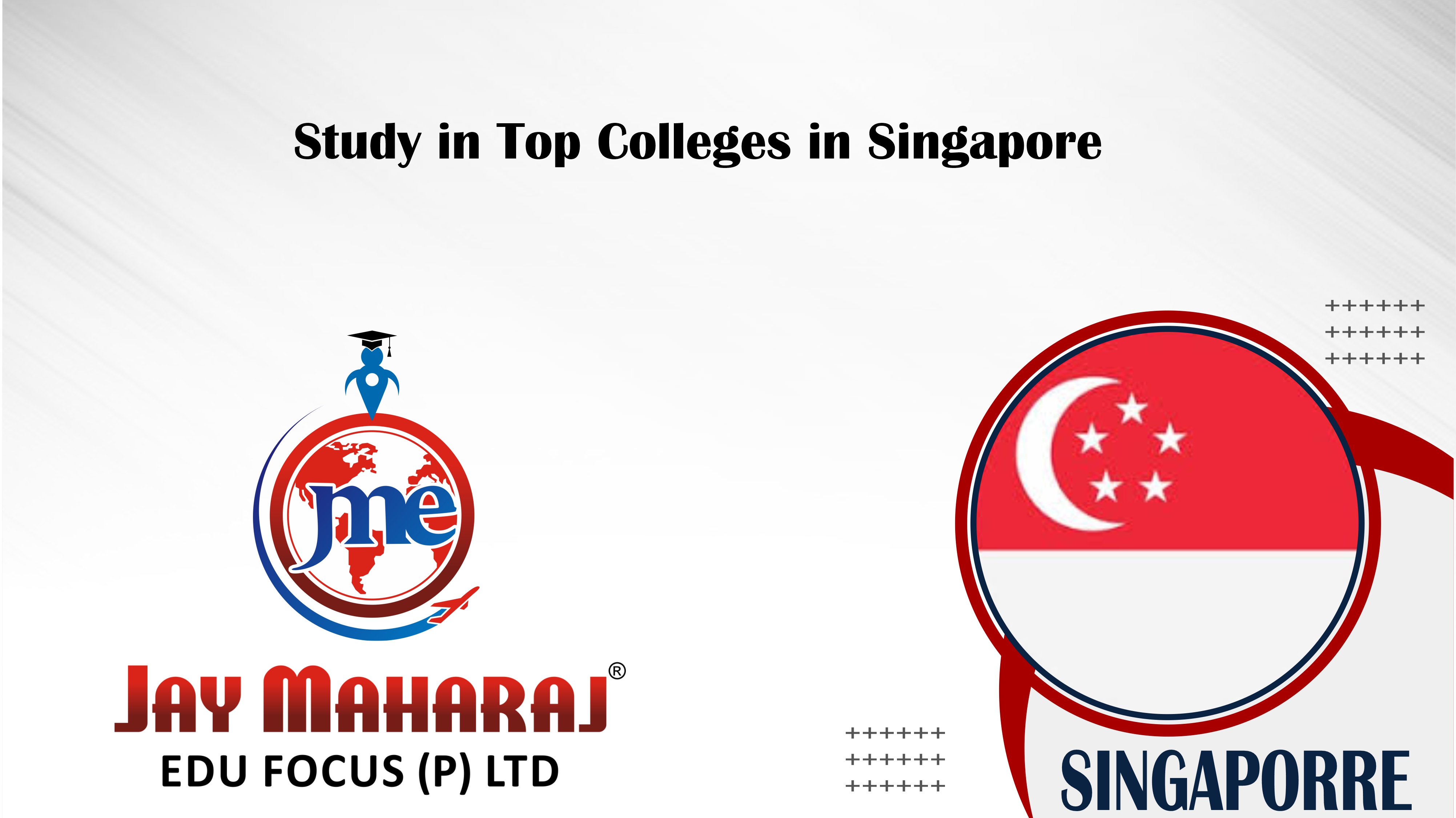Canada is a top choice for international students seeking high-quality education and vibrant cultural experiences. For many, the goal extends beyond graduation: securing permanent residency (PR) in Canada. As of 2024, navigating this transition involves understanding various immigration pathways and their requirements. This detailed guide will provide insights into each pathway, strategies for maximizing your chances, and practical tips to help you achieve PR status.
1. Post-Graduation Work Permit (PGWP)
What is the PGWP?
The Post-Graduation Work Permit (PGWP) allows international graduates from Canadian designated learning institutions (DLIs) to work in Canada for up to three years. This permit is crucial for gaining Canadian work experience, which is a key factor in many PR applications.
Eligibility Criteria
-
Institution Requirements: You must have completed a program at a DLI that is at least eight months long and leads to a diploma, degree, or certificate.
-
Application Timing: Apply within 180 days of receiving confirmation of your program completion (transcripts, official letters).
-
Permit Status: Your study permit must be valid at some point during the 180 days before applying for the PGWP.
Application Process
-
Gather Documents:
-
Proof of graduation (e.g., transcripts, graduation letter).
-
A valid passport.
-
Your study permit.
-
-
Submit Application:
-
Apply online through the IRCC website.
-
Pay the application fee.
-
-
Processing Time:
-
Processing times vary but typically take several weeks. Ensure you maintain valid status while waiting.
-
Challenges and Considerations
-
Program Eligibility: Ensure your program is eligible for a PGWP. Not all programs or institutions qualify.
-
Work Experience Quality: The work experience gained must be in a skilled occupation (NOC 0, A, or B) to be considered for PR applications.
2. Express Entry System
The Express Entry system is a points-based immigration system used to manage applications for three main economic immigration programs: Canadian Experience Class (CEC), Federal Skilled Worker Program (FSWP), and Federal Skilled Trades Program (FSTP).
Canadian Experience Class (CEC)
Eligibility Criteria
-
Work Experience: At least one year of full-time skilled work experience in Canada within the last three years.
-
Language Proficiency: Must meet the language requirements (CLB 7 for NOC 0 or A jobs, CLB 5 for NOC B jobs).
-
Intention to Reside: Plan to live outside Quebec.
Steps to Apply
-
Create Express Entry Profile: Provide details about your education, work experience, and language skills.
-
Receive an Invitation to Apply (ITA): Based on your Comprehensive Ranking System (CRS) score, you may receive an ITA during a draw.
-
Submit PR Application: After receiving an ITA, submit your complete PR application, including police certificates, medical exams, and proof of funds.
Federal Skilled Worker Program (FSWP)
Eligibility Criteria
-
Work Experience: At least one year of continuous full-time skilled work experience or equivalent part-time experience.
-
Language Proficiency: Must meet minimum language requirements (CLB 7).
-
Education: Educational credential assessment (ECA) if your education was completed outside Canada.
-
Proof of Funds: Must demonstrate sufficient funds to support yourself and your family.
Steps to Apply
-
Create Express Entry Profile: Include details of your work experience, education, and language skills.
-
Receive an ITA: If your CRS score is high enough, you'll be invited to apply.
-
Submit PR Application: Provide all required documents and evidence.
Federal Skilled Trades Program (FSTP)
Eligibility Criteria
-
Work Experience: At least two years of full-time work experience in a skilled trade within the last five years.
-
Job Offer or Certification: A valid job offer or a certificate of qualification in the skilled trade from a Canadian authority.
-
Language Proficiency: Must meet language requirements (CLB 5 for speaking and listening, CLB 4 for reading and writing).
Steps to Apply
-
Create Express Entry Profile: Detail your work experience in a skilled trade.
-
Receive an ITA: Based on your CRS score, you may receive an ITA.
-
Submit PR Application: Complete your application with all necessary documentation.
Improving Your CRS Score
-
Additional Work Experience: Gain more work experience to enhance your profile.
-
Higher Language Scores: Retake language tests if needed to achieve higher scores.
-
Job Offer: Secure a valid job offer from a Canadian employer.
-
Provincial Nomination: Apply for a Provincial Nominee Program (PNP) to gain an additional 600 points.
3. Provincial Nominee Program (PNP)
The Provincial Nominee Program allows provinces and territories to nominate individuals for PR based on their skills, education, and work experience. Many PNPs have streams specifically for international graduates.
Popular PNP Streams for International Students
-
Ontario Immigrant Nominee Program (OINP):
-
International Student Stream: For graduates with a job offer in Ontario.
-
Masters Graduate Stream: For graduates with a master’s degree from an Ontario university.
-
-
British Columbia Provincial Nominee Program (BC PNP):
-
International Graduate Stream: For graduates with a job offer in British Columbia.
-
International Post-Graduate Stream: For graduates with a master’s or doctoral degree in natural, applied, or health sciences.
-
-
Alberta Immigrant Nominee Program (AINP):
-
International Graduate Entrepreneur Immigration Stream: For graduates who want to start a business in Alberta.
-
Steps to Apply for PNP
-
Research Provincial Programs: Each province has different requirements and streams. Choose the one that fits your profile and goals.
-
Submit an Expression of Interest (EOI): Many provinces require an EOI or application to be considered for nomination.
-
Receive a Nomination: If nominated, you will receive a provincial nomination certificate.
-
Apply for PR: Use the provincial nomination to apply for PR through Express Entry or directly.
4. Quebec Immigration Programs
Quebec has its own immigration system and offers specific programs for international graduates.
Quebec Experience Program (PEQ)
Eligibility Criteria
-
Educational Requirements: Must have completed a recognized diploma from a Quebec institution.
-
French Proficiency: Must demonstrate an advanced intermediate level of French.
-
Residency Requirements: Must have lived in Quebec for at least half of your study program.
Steps to Apply for PEQ
-
Complete Studies: Ensure your program and institution meet the PEQ requirements.
-
Learn French: Achieve the required level of French proficiency.
-
Submit Application: Apply online through the Quebec immigration website.
-
Wait for Approval: Processing times can vary.
Quebec Skilled Worker Program (QSWP)
Eligibility Criteria
-
Education and Work Experience: Relevant education and work experience.
-
Language Proficiency: French language skills are beneficial but not always mandatory.
-
Points System: Based on a points system similar to Express Entry.
Steps to Apply for QSWP
-
Submit an Expression of Interest (EOI): Create a profile and express interest in the QSWP.
-
Receive a Quebec Selection Certificate (CSQ): If selected, you will receive a CSQ.
-
Apply for PR: Use the CSQ to apply for PR through IRCC.
5. Atlantic Immigration Program (AIP)
The Atlantic Immigration Program is aimed at attracting skilled workers and international graduates to Canada’s Atlantic provinces.
Eligibility Criteria
-
Graduation Requirements: Must have graduated from a recognized post-secondary institution in an Atlantic province.
-
Job Offer: Secure a job offer from a designated employer in one of the Atlantic provinces.
Steps to Apply for AIP
-
Complete Your Studies: Ensure your program meets AIP criteria.
-
Obtain a Job Offer: Secure a job offer from a designated employer.
-
Apply for Endorsement: Get an endorsement from the Atlantic province where you will work.
-
Apply for PR: Submit your PR application with the provincial endorsement.
6. Rural and Northern Immigration Pilot (RNIP)
The RNIP is designed to spread the benefits of immigration to smaller communities in Canada.
Eligibility Criteria
-
Educational Requirements: Graduate from a post-secondary institution in a participating community.
-
Job Offer: Secure a job offer from an employer in a participating community.
Steps to Apply for RNIP
-
Complete Your Studies: Ensure your program aligns with RNIP requirements.
-
Obtain a Job Offer: Secure a job offer in a participating community.
-
Apply for Community Recommendation: Get a community recommendation from the participating community.
-
Apply for PR: Submit your PR application with the community recommendation.
7. Agri-Food Immigration Pilot
This pilot targets workers in the agri-food sector, including international graduates with relevant experience.
Eligibility Criteria
-
Work Experience: At least one year of non-seasonal, full-time work experience in an eligible occupation.
-
Job Offer: Secure a job offer in the agri-food sector (outside Quebec).
-
Language Proficiency: Meet minimum language requirements (CLB 4).
Steps to Apply for the Agri-Food Immigration Pilot
-
Gain Relevant Work Experience: Work in an eligible occupation for at least one year.
-
Obtain a Job Offer: Secure a job offer in the agri-food sector.
-
Submit Your Application: Apply online through the IRCC website.
-
Wait for Approval: Processing times can vary.
Conclusion
Transitioning from an international student to a permanent resident in Canada requires navigating various immigration pathways, each with its own requirements and procedures. Start by obtaining a Post-Graduation Work Permit, then explore Express Entry, PNPs, Quebec programs, and regional pilot programs to find the best fit for your situation. Stay informed about policy changes, build a strong network, and seek professional guidance if needed.
By understanding the different pathways and taking strategic steps, international students can successfully achieve permanent residency in Canada and build a fulfilling life in their new home.









Comments